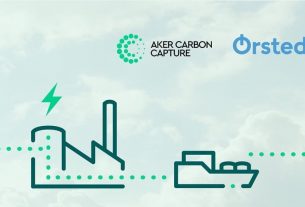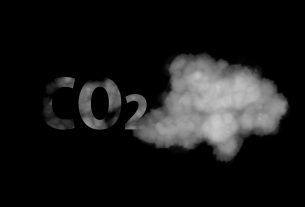The Netherlands – Wärtsilä has developed and implemented a mobile battery container solution that will allow inland waterway vessels to operate with zero emissions.
The initial order, for three units, was placed by ZES (Zero Emission Services), The Netherlands-based business created in 2020 by ING Bank, energy and technical service provider Engie, the Port of Rotterdam, and Wärtsilä. The order was placed, and two containers delivered in June 2021.
Battery containers onboard cargo vessel
The battery containers are installed on a 104 TEU inland waterway cargo vessel that has been adapted to allow two units to be mounted onboard. The technique enables the vessel to function entirely on electric power, producing no carbon emissions. The energy capacity is equivalent to approximately 36 electric passenger cars. When the containers have been discharged, they can be switched and charged onshore using renewable energy. This replaceability is noteworthy because battery containers have previously been stationary installations.
The Wärtsilä swappable battery container is fully equipped with safety devices, including an onboard fire protection skid. It is linked for remote monitoring. The operational and certification trials began at the end of August 2021.
Dutch government support
The plan, which has the endorsement of the Dutch Ministry of Infrastructure and Water Management, is built on a network of open access charging sites. Depleted battery containers can be swapped for fully charged ones here. ZES has established a ‘pay-per-use’ model in which it only charges for the cost of utilized renewable energy. This permits the vessel’s operational costs to remain competitive.
On September 6, 2021, the first vessel outfitted with Wärtsilä battery containers, the Alphenaar, began operations along the Zoeterwoude – Alpherium – Moerdijk corridor in the Netherlands. The vessel transports beer for HEINEKEN, the service’s first customer.




